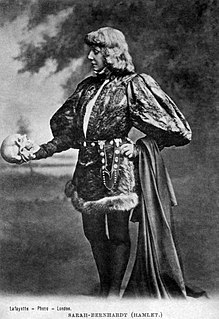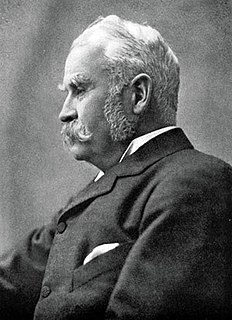
The Assembly Hall Theatre is a theatre in Tunbridge Wells seating 1,020 people. The theatre hosts a variety of popular music, comedy, family, dance, drama, classical music and variety events, as well as an annual pantomime.

Theatre or theater is a collaborative form of fine art that uses live performers, typically actors or actresses, to present the experience of a real or imagined event before a live audience in a specific place, often a stage. The performers may communicate this experience to the audience through combinations of gesture, speech, song, music, and dance. Elements of art, such as painted scenery and stagecraft such as lighting are used to enhance the physicality, presence and immediacy of the experience. The specific place of the performance is also named by the word "theatre" as derived from the Ancient Greek θέατρον, itself from θεάομαι.

Royal Tunbridge Wells, previously just Tunbridge Wells, is a town in western Kent, England, 30 miles (48 km) south-east of central London, close to the border with East Sussex upon the northern edge of the High Weald, whose sandstone geology is exemplified by the rock formations at the Wellington Rocks and High Rocks. The town came into being as a spa in the Restoration and enjoyed its heyday as a fashionable resort in the mid-1700s under Beau Nash when the Pantiles, and its chalybeate spring, attracted significant numbers of visitors who wished to take the waters. Though its popularity as a spa town waned with the advent of sea bathing, the town remains highly popular and derives some 30 per cent of its income from the tourist industry.

Pantomime is a type of musical comedy stage production designed for family entertainment. It was developed in England and is performed throughout the United Kingdom, Ireland and in other English-speaking countries, especially during the Christmas and New Year season. Modern pantomime includes songs, gags, slapstick comedy and dancing. It employs gender-crossing actors and combines topical humour with a story more or less based on a well-known fairy tale, fable or folk tale. It is a participatory form of theatre, in which the audience is expected to sing along with certain parts of the music and shout out phrases to the performers.
Contents
Since 1967, the Assembly Hall has been home to the Tunbridge Wells Operatic and Dramatic Society. Their first performance was Gilbert and Sullivan’s The Gondoliers. [1]

Gilbert and Sullivan refers to the Victorian-era theatrical partnership of the dramatist W. S. Gilbert (1836–1911) and the composer Arthur Sullivan (1842–1900) and to the works they jointly created. The two men collaborated on fourteen comic operas between 1871 and 1896, of which H.M.S. Pinafore, The Pirates of Penzance and The Mikado are among the best known.

The Gondoliers; or, The King of Barataria is a Savoy Opera, with music by Arthur Sullivan and libretto by W. S. Gilbert. It premiered at the Savoy Theatre on 7 December 1889 and ran for a very successful 554 performances, closing on 30 June 1891. This was the twelfth comic opera collaboration of fourteen between Gilbert and Sullivan.
Past performers have included Shane Filan of Westlife, Coolio, Let Loose and The Stranglers.

Shane Steven Filan is an Irish singer and songwriter. He is one of the two lead singers of Pop Vocal group Westlife, which was formed in 1998, disbanded in 2012, and regrouped in 2018. Westlife has released twelve albums, embarked on thirteen world tours, and won several awards, becoming one of the most successful musical groups of all time.

Westlife are an Irish pop vocal group, which formed in 1998 in Sligo, disbanded in 2012 and reunited in 2018. They were originally signed by Simon Cowell in the UK, Clive Davis in the US and managed by Louis Walsh and Sonny Takhar. The group currently consists of Shane Filan, Mark Feehily, Kian Egan, and Nicky Byrne.

Artis Leon Ivey Jr., known by his stage name Coolio, is an American rapper, actor, chef, and record producer. Coolio achieved mainstream success in the mid-to-late 1990s with his albums It Takes a Thief (1994), Gangsta's Paradise (1995), and My Soul (1997). He is best known for his 1995 Grammy Award-winning hit single "Gangsta's Paradise", as well as other singles "Fantastic Voyage" (1994), "1, 2, 3, 4 " (1996) and "C U When U Get There" (1997). He was also known for rapping the theme song for the mid-to-late 1990s Nickelodeon series Kenan & Kel. Coolio has since gone on to release albums independently and has also become a chef, creating a web series titled Cookin' with Coolio and releasing a cookbook. Ivey originally rose to fame as a member of the Gangsta rap group WC and the Maad Circle alongside WC and his brother, Crazy Toones.



















